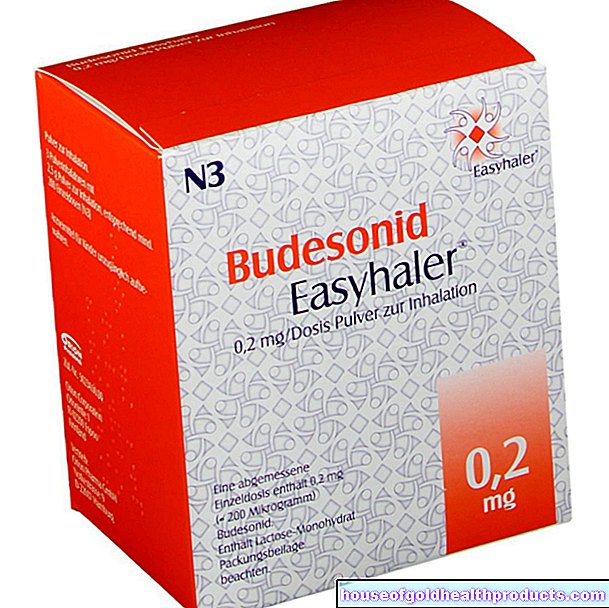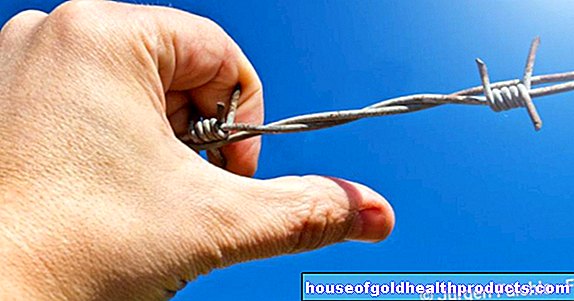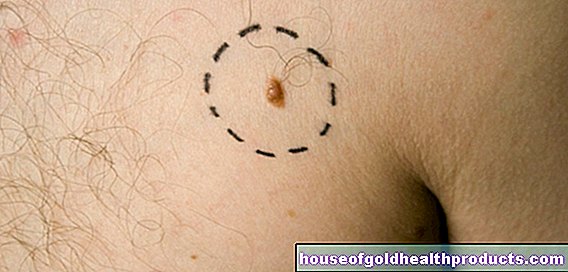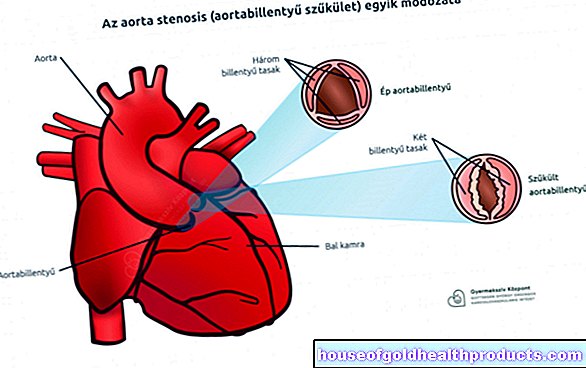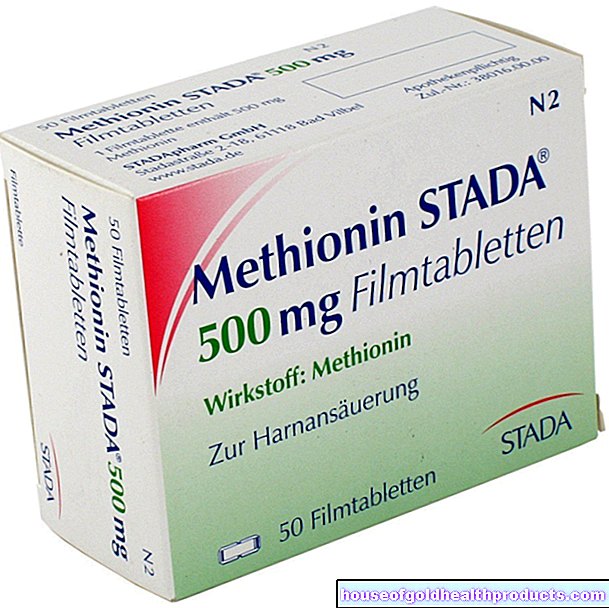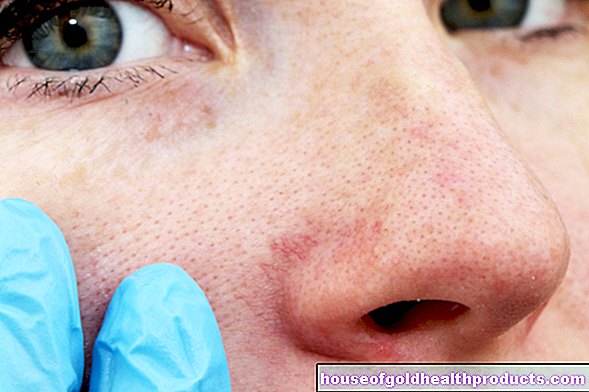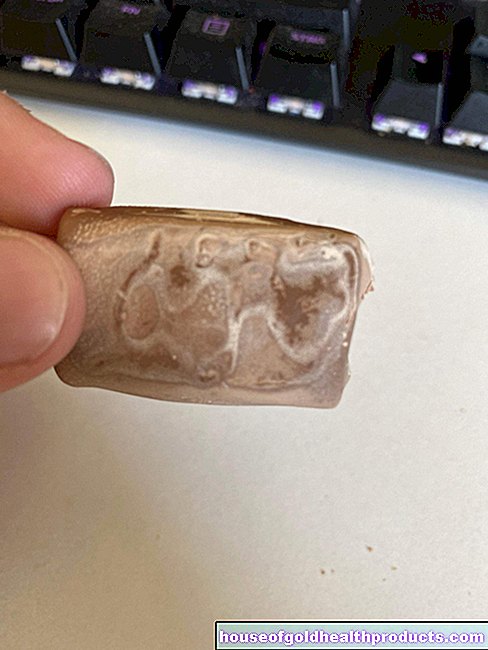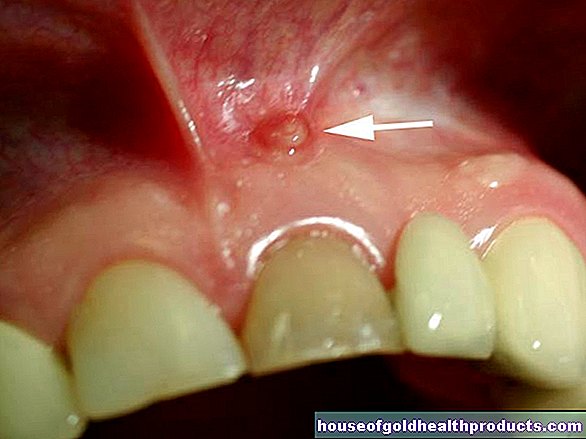Urostoma
All content is checked by medical journalists.A urostoma is an artificially created bladder outlet. The urinary drainage takes place via the abdominal wall. The operation in which an artificial bladder outlet is created is called a urostomy. The creation of a urostoma can either be a temporary or permanent solution. Read everything about creating a urostoma, how to properly care for it and the risks it entails.

When do you need a urostoma?
A urostoma is always necessary when normal urination is disturbed or when the urinary bladder has to be removed. This is the case, for example, with:
- Bladder tumors
- Damage to the lower urinary tract from radiation therapy
- Congenital malformations
- Narrowing of the lower urinary tract
- Nerve damage
- Injuries to the lower urinary tract during surgery or accidents
What are the urostomy procedures?
In Germany, the ileum conduit and the ureteral skin fistula are currently being created for artificial urinary diversion.
Ureteral skin fistula
In the case of a ureteral skin fistula, the surgeon connects the two ureters in the abdominal cavity and then guides the longer of the two through the abdominal wall. Here, too, it makes sense to use thin catheters to keep the ureters open until the wound has healed.
Ileum conduit
When using an ileum conduit, the doctor cuts out a piece of the small intestine. He sews the two ureters into this and blindly closes one end of the piece of small intestine. The other end is directed outside via the patient's abdominal wall. The urine is excreted from the ureters via the disused piece of intestine.
Usually he also puts a thin catheter into the draining ureter (splint) so that it cannot constrict. He removes it as soon as the wounds have healed.
Mitrofanoff's stoma
In the urostomy using Mitrofanoff's stoma, the surgeon removes the appendix after the abdominal incision and connects it as a channel between the urinary bladder and the abdominal wall.
What problems can arise with a urostoma?
Common problems that patients with a urostoma suffer from include:
- Formation of urinary stones
- Urinary tract infections
- Urinary congestion, possibly with kidney damage
There are also some risks to consider when creating the urostoma itself. This includes injuries to neighboring organs, nerves and blood vessels, impaired wound healing, scarring and a rupture of the abdominal wall (hernia).
Living with a urostoma: what do I have to consider?
An artificial bladder outlet requires careful maintenance to prevent infections from developing. Remember to empty the bag when it is about a third full. For hygienic reasons, you should change the bag every day, even if you have lower amounts of excretion. Otherwise there is a risk that it will become detached from the skin due to its own weight. When cleaning the skin around your artificial bladder outlet, use warm water and a fresh washcloth or sterile single-use wipes. You should regularly and carefully remove hair in the area of the adhesive points of the pouch of your urostoma.



